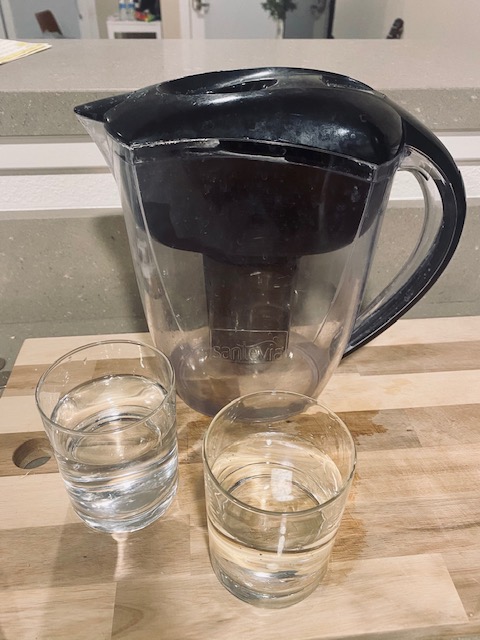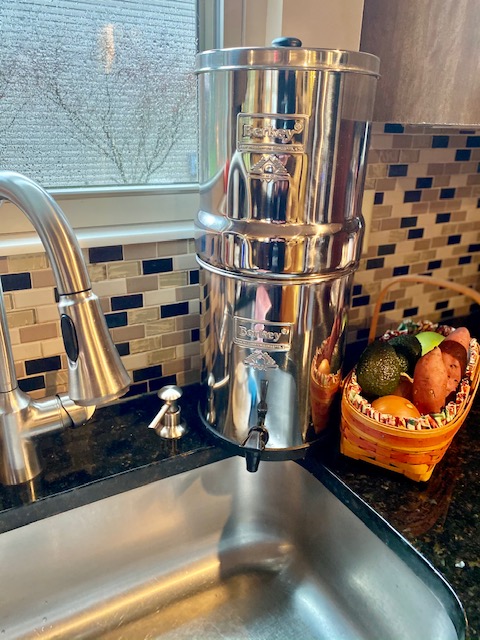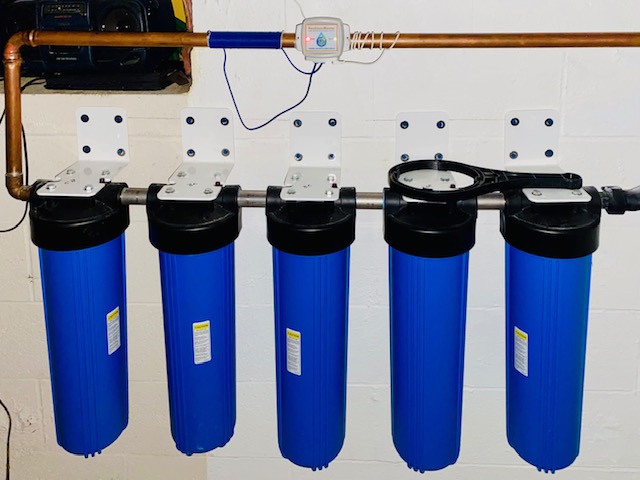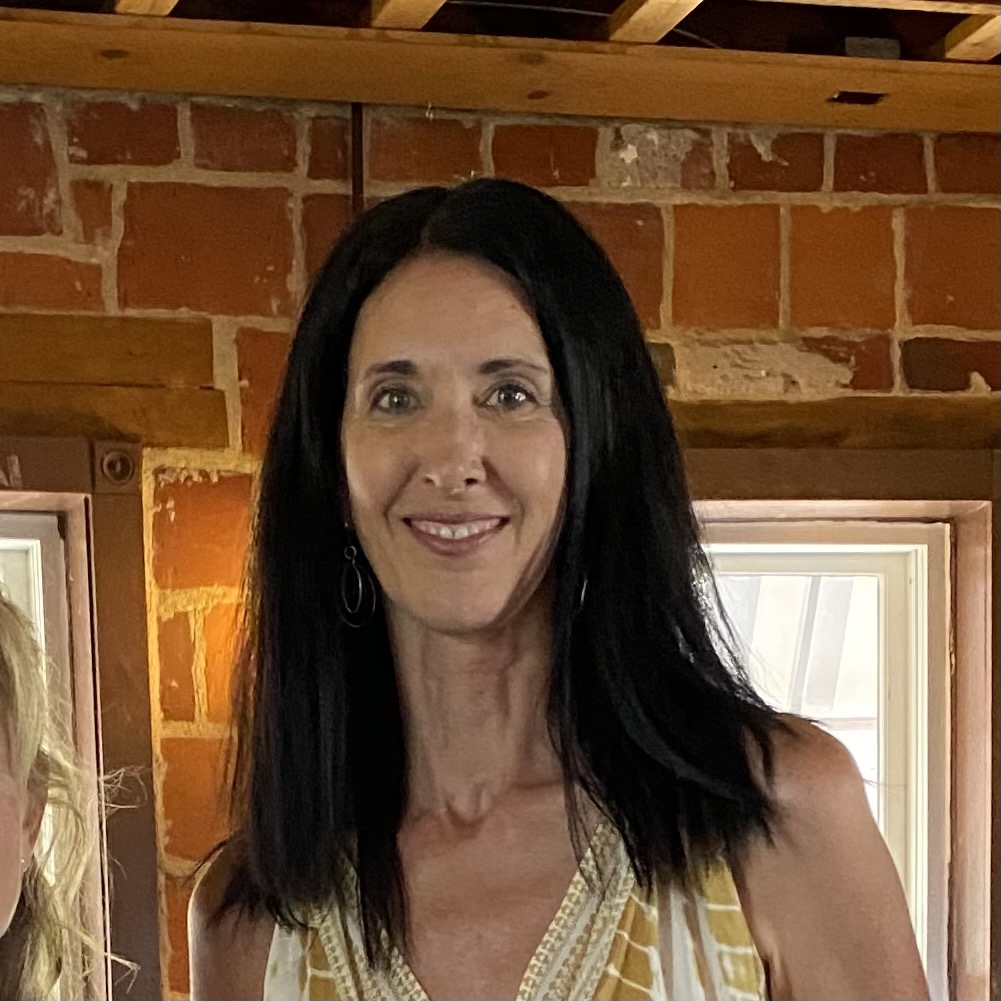How To Have Clean Water + Best Water Filter Options
Before my health journey began, I was primarily drinking milk, juices and sodas with a glass of water here and there. In my pursuit to a healthier lifestyle, I began reconsidering my drink choices after realizing how much added sugar was in the beverages I was consuming. I decided to eliminate all soda and juices and now drink water almost exclusively (with an occasional glass of wine or almond milk). Since I began drinking an abundance of water, I wanted to know how clean is my water and what water filter is best?
[This post contains affiliate links. If you make a purchase, we make a small commission paid for by the vendor at no additional cost to you! We only suggest products we personally use and love, and know will make your life easier and healthier.]
What the EPA is saying and not saying about our drinking water
The Environmental Protection Agency (EPA) administrator stated in an interview in a Newsweek article in May 2019:
“I want to make sure the American public understands 92 percent of the water everyday meets all the EPA requirements for safe drinking water.”
My thought is “what about the other 8%?”
That means in a country the size of the United States where 331 million people live, that millions of glasses of water a day are not up to the EPA standards. Americans combined drink an average of 1.3 billion glasses of water each day. With 8% of the water not meeting safe drinking requirements, nearly 106 million glasses of water every day are considered unsafe by the EPA. Furthermore, the safety regulations the EPA requires for municipal water to be safely consumed doesn’t necessarily convey whether or not our drinking water is free of contaminants that may cause long-term adverse health effects.
In a more recent front page article in the magazine, Consumer Reports (November 2020 edition), the title to the article says it all, “Your Guide to Safer Drinking Water – Why the government allows dangerous “forever chemicals” in America’s water and how you can protect yourself.” In the article, it discusses the toxic chemical substance known as PFAS (per- and polyfluoroalkyl substances), which are chemicals we are exposed to daily in our tap water, food and household products. These chemicals build up in our bodies causing cancer and other health concerns. PFAS has been found in water of 49 states in over 1400 communities and continues to be unregulated by the EPA.
How can you find out how safe your water is?
The Environmental Working Group (EWG) is an advocacy organization that has a tap water database to assist you in determining the health of your water. When you enter your zip code into their database, it gives you the number of contaminants that exceed the EWG health guidelines and shows the total number of contaminants. Each contaminant is listed with the EWG guideline amount, the actual amount and then how many times over the recommended amount the contaminant is. It also states the potential effect(s) of the contaminant.
For the city I live in, it states that there are 22 contaminants, 11 of the contaminants exceed EWG’s recommended amount. The first contaminant listed, Bromodichloromethane, is 128x over the recommended amount by the EWG and has its potential effect listed as cancer (as do the other 10 contaminants). The other 10 contaminants over the EWG’s recommended amount are between 9x – 391x over the recommended amount. Check to see the contaminants your city water at EWG and EPA.


Which water filter will work for you?
Choosing a filtration system will depend on multiple factors such as the cost of the purification system, the number of contaminants in your municipal water, where you live (temporary or permanent housing) and the taste of your tap water. You may decide which filtering system you want based on the number of contaminants in your tap water and the system you can afford. Or you may want to investigate EWG’s database to review the list of contaminants and research their toxicity before deciding how to filter your water. You may already filter your water and are interested in additional options or you may have thought about it but haven’t yet taken steps to decontaminate your water.
In assisting you with your decision I have listed below some options for filtering your water from the least to most expensive and easiest to implement to most extensive. I have personally used some of these methods, and I will indicate some of the pros and cons of each. I have provided links to reputable companies that either my daughter or I have purchased from and love the product.
Water Bottle
The Sport Berkey from Berkey Water Filters is perfect for filtering water on the go. This water bottle has the same filtering system that the stand-alone systems have to remove toxins and viruses. What a great way to have clean water when you go out for the day, when you go out of state or go on vacation near or far.
My husband and I took our water bottles when we went to Europe a couple of years ago to have clean water wherever we went. I felt my drinking water was filtered and clean when we filled up our water bottles from water fountains in the small towns of Italy, in the hustle and bustle of Paris streets and from any restaurant along the way. The bottle is made with a polymer that is non-leaching and is BPA-free. The filter in the bottle will purify water that is untreated for 160 uses and municipal water for 640 refills before needing to be replaced. The cost for a Sport Berkey water bottle is about $40. Another option is a water bottle from Santevia where the bottle and filters are sold separately for about $15-20 each.
Carbon Pitcher

The Santevia was the first pitcher I purchased to ensure I had clean water to drink. The carbon filter in the pitcher purifies your tap water taking out the heavy metals and adding calcium and magnesium back into the water for healthier, great tasting water. The pitcher has an indicator on the handle so you are aware of when it is time to replace the filter. Each filter purifies approximately 1200 glasses of water before needing replacement. The cost for the Santevia pitcher is around $50 and is the most cost efficient way to drink filtered water.
Shower Attachment Water Filter
A cost-effective way to protect you and your loved ones while showering is with a shower attachment from Promolife to ensure that the water is both chemical and chlorine free. Our skin is an open door to contaminants and we can be exposed to more toxins in a short shower than we can by drinking unfiltered water all day. The shower attachment costs $99 and the filter only needs to be replaced once a year at the cost of $69. Another option is from Watens.
Faucet and Standard Water Filter
A faucet filter is easy to assemble and is inexpensive but only fits particular faucets which are shown on their website. The faucet filters have a small carbon filter that removes some particles of dirt, dust and inhibits bacteria but does not filter heavy metals and toxins. This filter only costs $60 and lasts around 6 months.
Countertop and under counter water filters vary in cost and what they filter. Typically, a carbon and sediment filter are included. They start at just over a hundred dollars and can cost several hundred. They are a closed water system so there is no contamination to the water as it filters. The filters last usually around a year before needing replacement.
Stand-Alone Water Filter

I quickly realized a pitcher of water was not enough for our family to have filtered water throughout the day. Berkey Water Filters has systems with multiple filters to purify large amounts of water and remove more contaminants I thought to be most worrisome. I chose the Big Berkey water filter system because it was in my price range ($275) and had both carbon and fluoride filters. This stand-alone water filter system is a canister that holds approximately 2.25 gallons which provides water to drink, cook and clean produce. It’s two carbon elements can purify both contaminated city tap water as well as purify waters from other questionable water sources such as lakes or rivers.
“Berkey® systems equipped with Black Berkey® Purification Elements remove greater than 99.999% of viruses and greater than 99.9999% of pathogenic bacteria, while also removing or dramatically reducing protozoa, trihalomethanes, inorganic minerals, heavy metals, pharmaceuticals, pesticides, VOCs, petroleum products, perfluorinated chemicals, rust, silt, sediment and radiologicals.”
In addition, I purchased 2 ceramic filters which aid in filtering arsenic, fluoride and other heavy metal ions. The filtering elements need to be replaced every 6000 gallons. Based on the amount of water my family uses, I estimate that we use on average 1200 gallons a year, the filters should last approximately five years. My Big Berkey sits on the counter next to my sink so that it is easily refilled. I have found the tap water that has been filtered to have superior taste to the tap water and even to bottled waters that I have tried.
Reverse Osmosis Water Filtration System
This system has a reverse osmosis membrane that is so fine that nothing but pure water molecules can fit through making the water clean and fresh. These systems usually have two to six different filters and remove 99% contaminants for even more concerning water. The water is sent through multiple filters for sediment, carbon, reverse osmosis and polishing.There are additional cartridges that reduce the contamination to traces that are undetectable. Reverse osmosis removes all minerals so you may need to add a remineralizing filter to add wanted minerals back into the water.
Reverse osmosis systems that I have reviewed cost from $200-$600. There are both a countertop model available for those who are in temporary housing or under counter installation for a more permanent situation. The countertop models only hold a small amount of water making it more appealing to a single person or a couple where the under counter system would be more fitting for a family.
Whole House Water Filtration System

In researching the purity of the water we drink I hadn’t considered the water that we bathe and shower in. Our skin is an open door for toxins to enter our body! In making decisions to be as toxic-free as possible, I decided to exploreI the option of purifying all the water in my home.
I spoke to others that had purchased whole house filtering systems and I researched what was available and decided to purchase a Promolife Whole House Water Filter. The system has five filters that the water moves through removing up 99.9% of the toxins and chemicals including heavy metals, pesticides, chlorine, nitrates and fluoride from our drinking, cooking and laundry water. The filters of the whole house water filtration system need to be replaced every 18-24 months to maintain the integrity of the purification system. This setup needs to be installed by a plumber which adds an additional cost.
TIP- When installing our whole house filtration system, our plumber made a diversion with shut on/off valves for the water to bypass the whole house water filtration system if needing water that is not necessary to be filtered (wash your car). This may be something you would want to consider.
Clean Water for You and Your Family
I hope this provides some insight to guide you in your decisions regarding healthy drinking water and brings forth options to filter your tap water. Each of the above purifiers will make a difference in the health of your water. The next step is to choose how to filter your family’s drinking water. We as consumers have to advocate for the health of ourselves and our families.

Hi my name is Victoria! After years of struggling with illnesses, I began a journey of finding healthier alternatives in every aspect of my life. Over the past 7 years, I have researched health, nutrition, sustainability and gardening, and I am looking forward to sharing that knowledge with you!
1 thought on “How To Have Clean Water + Best Water Filter Options”